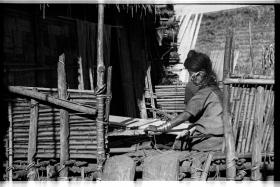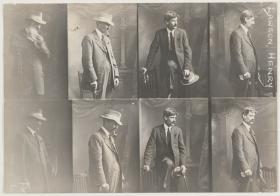Global Digitisation
With digitisation of the larger Holtermann glass plates quickly progressing our focus has moved to the development and implementation of a custom light table set up for digital capture of the plates beyond 10x12 inches in size.
We will have a detailed update on the design and function of this light box in the near future. Until then, you may find it interesting to view some other photographic digitisation projects taking place in institutions around the world.
The Scott Polar Research Institute at the University of Cambridge completed the Freeze Frame project in 2009. This fascinating collection of approximately 20,000 historic polar images dates from 1845 to 1982 with some favourites available to view at their online gallery.
Christoph von Fürer-Haimendorf's (1909-1995) photographic collection was the first to be made available online by the School of Oriental and African Studies under a progressive Creative Commons license. The online gallery has extensive photographic documentation of tribal cultures in South Asia and the Himalayas (see below).

Apatani woman weaving on her porch Fürer-Haimendorf Collection / School of Oriental and African Studies.
The Museum of English Rural Life at the University of Reading has digitised it's collection of Countryside Images and made them available in an online gallery.
The US Library of Congress has a vast selection of their digitised photographic collections online.
Of course, our local museums and libraries have some wonderful collections online as well. The Powerhouse Museum's Photo of the Day blog is well worth a look and the Justice and Police Museum is documenting it's digitisation of the NSW Police Forensic Photography Archive of glass plate and cellulose negatives from 1912 to 1964 in it's blog From the Loft.

Henry Lawson, 1915 Photographer William Johnson / State Library of New South Wales.